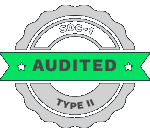By 2026, decisions will be made at the speed of data. Yet most enterprises are still tangled in legacy systems, siloed data, and rising cloud costs. CXOs know the stakes: delay the right decision and you can lose market share to faster, data-intelligent competitors.
This is why Databricks is no longer just a data and analytics platform. It’s evolving into a full-fledged Data Intelligence Platform. It’s where governance, AI, and real-time decision-making converge with futureproof enterprises.
The question is no longer “What happened last quarter?” but “What is happening right now, and what comes next?” And Databricks Lakehouse AI in 2026 is built to answer exactly that.
Table of Contents
Let’s see some key strategic directions for 2026 and beyond.
Dominance in Generative AI (GenAI): Databricks is setting itself as a pioneer for GenAI applications within the enterprise, aiming at the production-ready capabilities. Databricks Lakehouse AI is going beyond the general Large Language Models (LLMs). It stresses developing secure and governed AI agents that can reason over organizational private data.
Intensifying competition in data warehousing: Although Databricks Lakehouse AI is known for data science and machine learning, it is actively competing & challenging the traditional data warehousing market. The Databricks SQL offering is expected to reach a $1 billion revenue rate by early 2026. Experts are indicating that it can directly compete with Snowflake’s core business through its combination of strong SQL performance with a lakehouse structure.
Comprehensive data and AI governance: As Databricks GenAI for Enterprises accelerates, the need for robust governance is paramount. Unity Catalog is a central pillar of Databricks’ strategy. Unity Catalog provides a centralized governance solution for all data and AI assets, including structured tables, unstructured data, and machine learning models. In 2025, Databricks introduced an AI governance framework to ensure the safety, security, and compliance of AI assets, directly addressing top enterprise concerns.
For CXOs Consider a scenario where your business loses millions of dollars just because of siloed legacy data.
Futureproofing CXO Strategies with Lakehouse AI
For CXOs, adopting a Lakehouse AI strategy is vital for futureproofing because it unifies an organization’s entire data estate, accelerates AI and machine learning (ML) projects, and enhances governance and security.
Why is Databricks Lakehouse AI a strategic imperative for CXOs?
Future-ready CXO strategies must shift from asking “what happened last quarter?” to “what is happening right now, and what will happen next?”.
Databricks GenAI for Enterprises directly supports this shift by providing the following benefits:
Removes data silos and architectural complexity
Decreases risk and enhances data governance
Speeds up innovation through faster AI deployment
Enhances costs and performance
A strategic roadmap for CXOs
A successful lakehouse migration requires a clear business justification and a phased approach.

CXOs should focus on the following steps to ensure a smooth transition:
Define the business need, not the technology: Start by highlighting which business problems Databricks Lakehouse AI can solve. This can include reducing ETL overhead or unifying data for AI workloads.
Design for evolution with an open architecture: Try avoiding any vendor lock-in through use of open formats like Delta Lake, Apache Iceberg, or Apache Parquet. This keeps your data accessible to a range of analytics tools and technologies.
Prioritize governance from the start: Establish a robust data governance framework from day one. This includes a data catalogue and clear access policies to build confidence in data quality. Implement end-to-end lineage tracking and automated monitoring to ensure reliability and trust in your data and AI assets.
Start with a pilot program: Implement the lakehouse in a staged rollout with one or two business units. Rigorously test and monitor usage, performance, and user satisfaction before a broader deployment.
Innovations Shaping Data-Driven Industries
Databricks is shaping US data-driven industries through its Data Intelligence Platform, which unifies data management, analytics, and generative AI on an open lakehouse architecture.
Recent innovations simplify and democratize Lakehouse Architecture Strategy for a broad range of users and empower major sectors like finance, retail, and manufacturing with predictive and real-time capabilities.
Impact on key US industries
Financial services: Financial institutions like Block, Capital One, and Morgan Stanley use Databricks for real-time fraud detection, algorithmic trading, and risk management. Its governed platform allows for data-intensive risk calculations while ensuring regulatory compliance.
Retail and e-commerce: Companies such as Walmart and PetSmart leverage Databricks Lakehouse AI for demand forecasting, inventory optimization, and hyper-personalized customer experiences. The AI/BI Genie empowers store and sales teams to query data using natural language, accelerating decision-making.
Healthcare: Databricks help US healthcare organizations improve patient care and accelerate drug discovery. Providers can integrate various data sources, including EHRs, for faster diagnostics and optimized resource allocation, all while maintaining HIPAA compliance.
Risks of Not Adopting Databricks in 2026
While Databricks is setting the pace for the Lakehouse Architecture Strategy, many enterprises risk falling behind by clinging to outdated architectures and fragmented strategies.
For CXOs, the consequences of inaction are not just operational, they are existential.
Competitive paralysis: Without a unified Databricks Lakehouse AI foundation, decision-making slows down. By the time your teams align siloed data, competitors already have real-time insights driving market advantage.
Escalating cloud costs: Legacy ETL-heavy architectures lead to redundant storage, duplicate workloads, and uncontrolled cloud bills. Without Databricks’ cost-optimized scaling, enterprises pay more for less intelligence.
Compliance & governance gaps: As regulations around Databricks Lakehouse AI tighten in 2026, weak governance frameworks leave enterprises exposed to legal, reputational, and financial risks. Competitors using Unity Catalog and governed AI assets will build trust—while you struggle to catch up.
Innovation stagnation: Teams stuck in outdated systems can’t experiment fast enough. Missed opportunities in GenAI copilots, predictive analytics, and industry-specific AI agents mean lost revenue streams.
Talent attrition: The best data scientists and engineers want modern, scalable tools. Failure to adopt Databricks Lakehouse AI risks losing top talent to competitors who empower them with collaborative innovation environments.
Market irrelevance: In industries like finance, retail, and healthcare, the leaders of 2026 will be those who can adapt, scale, and govern intelligence at speed. Without Databricks, your organization risks being perceived as slow, outdated, and irrelevant.
Advice for CXOs – Not adopting Databricks 2026 isn’t about delayed innovation. It’s about surrendering your competitive edge.
Building a Culture of Continuous Innovation
To build a culture of continuous innovation, an organization must cultivate a data-driven mindset where data and AI are used to generate business value.
The Databricks Data Intelligence Platform provides a unified, collaborative, and scalable foundation for Enterprise AI Governance, allowing teams to rapidly develop, test, and deploy new data and AI solutions.
Core pillars for continuous innovation on Databricks
Democratize data access with Lakehouse: Breaking down data silos is essential for innovation. The Databricks Lakehouse architecture unifies data lakes and data warehouses on a single platform, giving all teams consistent, high-quality data to work with.
Accelerate the full data and AI lifecycle: A key to continuous innovation is a shortened feedback loop from idea to deployment. Databricks Lakehouse AI streamlines this process by providing a unified environment for data and AI workflows.
Rapid prototyping: Data teams can use Databricks notebooks to quickly experiment with data transformations, build mockups, and get instant reactions from stakeholders.
Collaborative workspace: The shared notebook environment and built-in visualizations enable data engineers, data scientists, and analysts to work together seamlessly.
Seamless deployment with MLOps: Integrated MLOps tools like MLflow allows for the tracking of experiments, management of models, and creation of repeatable deployment workflows.
Conclusion
The enterprise landscape of 2026 won’t reward those who simply manage data. It will reward those who master intelligence. Databricks Lakehouse AI isn’t just about unifying your data; it’s about unifying your competitive advantage.
For CXOs, the future isn’t an option. It’s an execution plan. Those who adopt the Enterprise AI Governance strategies will accelerate faster than the competition. Those who don’t will be outpaced.
At BluEnt, we help you translate Databricks’ innovation into CXO outcomes. Don’t wait for 2026 to arrive. Build your strategy session with BluEnt today and lead your industry into the next era of data intelligence.
FAQs
What makes Databricks’ Lakehouse architecture future-ready for enterprises?Databricks unifies data warehousing, data lake, and AI workloads under one open architecture, supported by multi-cloud compatibility and strong open-source roots.
How can CXOs leverage “agentic AI” to drive strategic advantage?Agentic AI—composed of AI agents tailored to domain-specific tasks—enables automation, efficiency, and innovation, especially when supported by unified, governed infrastructure.
In what ways do Databricks empower data-driven marketing and personalization?Through “Data Intelligence for Marketing,” Databricks integrates customer and campaign data, AI-powered insights, and governance to support personalized, real-time marketing at scale.
How does unified semantics and governance strengthen Databricks’ competitive differentiation?Innovations like Unity Catalog, semantic layering, and metrics reuse deliver consistency, trust, and speed across AI and analytics—key differentiation in enterprise environments.
What role does global R&D and innovation culture play in Databricks’ growth?The rapid expansion of its Bengaluru R&D hub and engineering investments fuel continuous innovation and agile response to enterprise needs internationally.
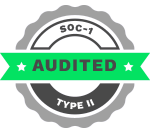










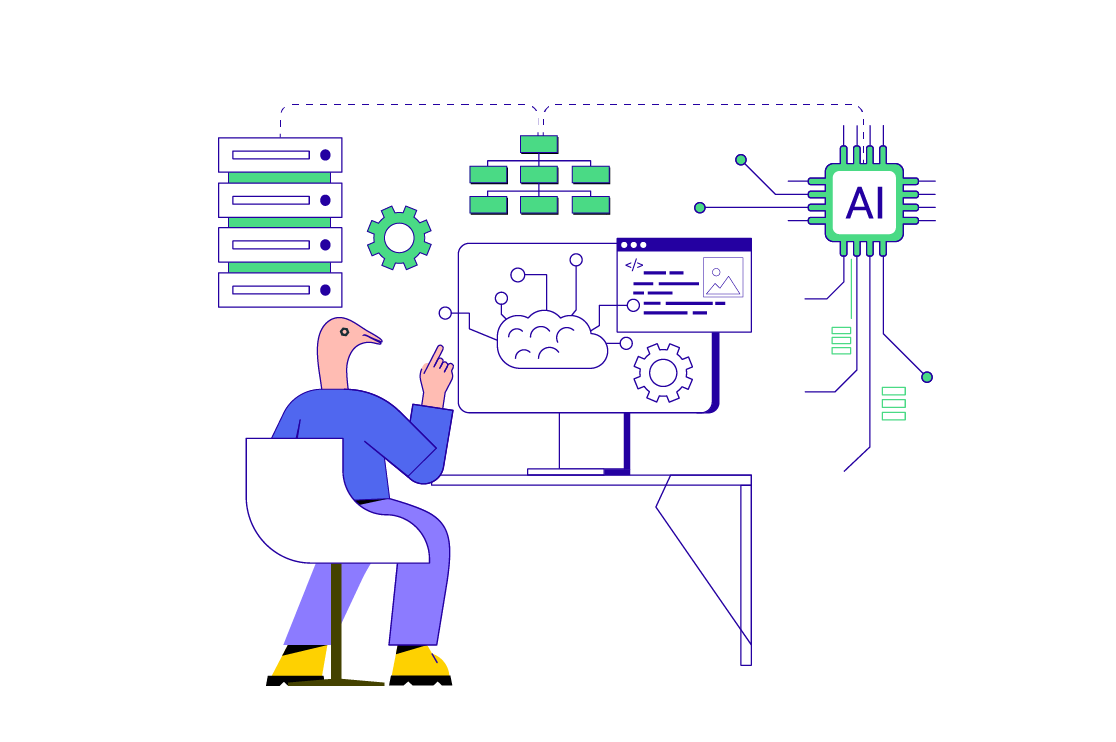
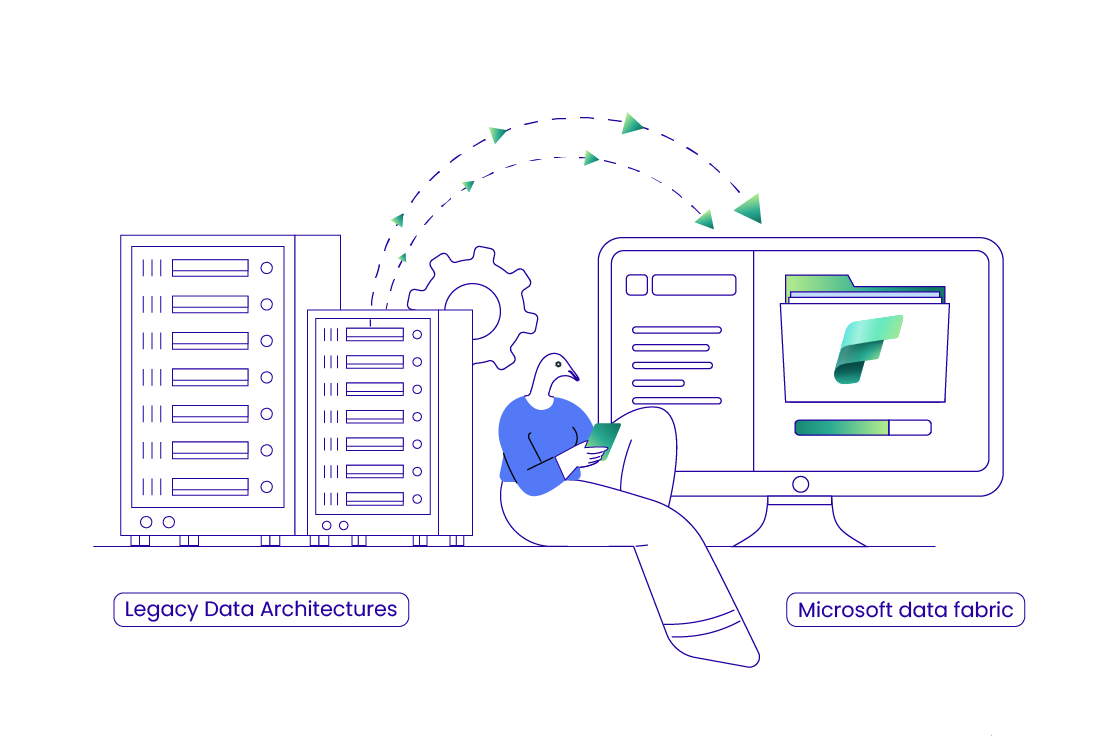 Migrating Legacy Data Architectures to Microsoft Data Fabric: Key Risks, Rewards, & ROI
Migrating Legacy Data Architectures to Microsoft Data Fabric: Key Risks, Rewards, & ROI 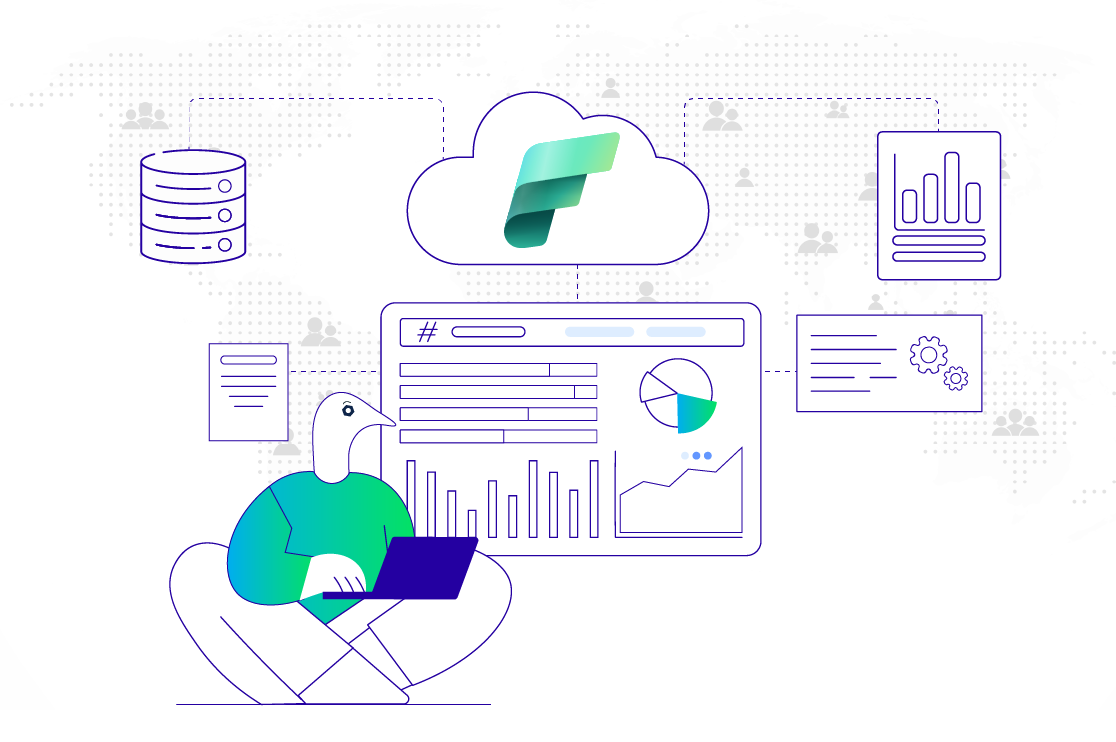 How Microsoft Data Fabric Integration Ensures Compliance, Security & Standardization for Enterprises
How Microsoft Data Fabric Integration Ensures Compliance, Security & Standardization for Enterprises 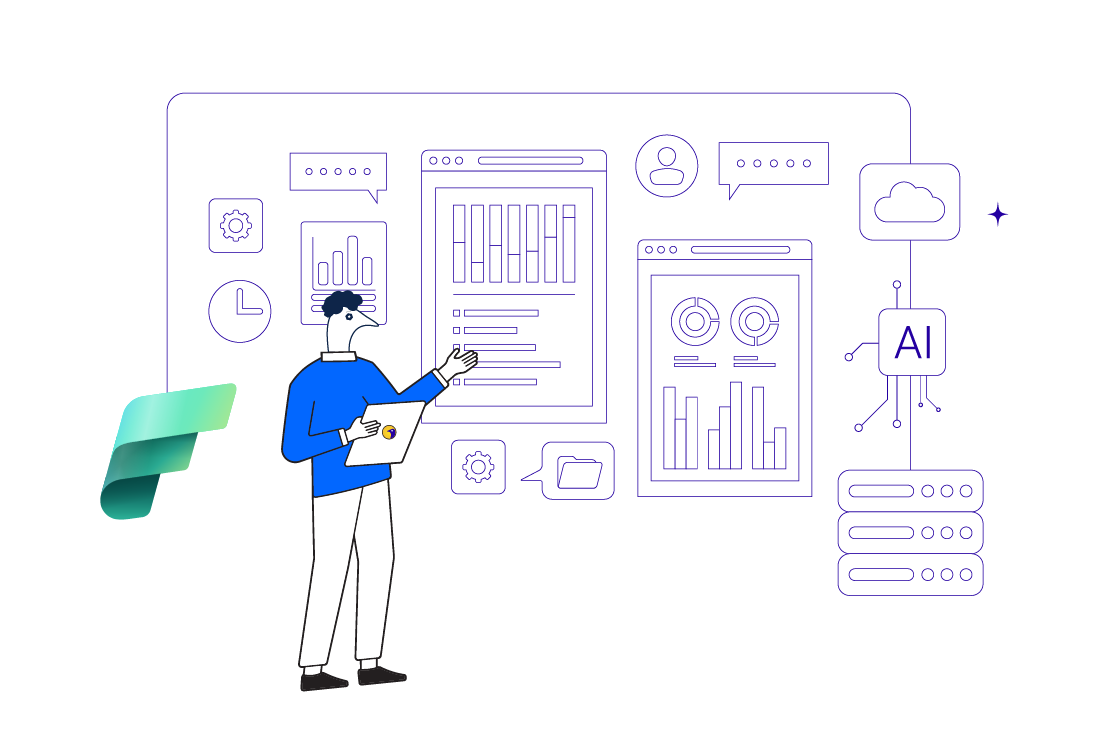 Real-Time Intelligence in Microsoft Fabric: Enabling CXOs With Faster Decisions
Real-Time Intelligence in Microsoft Fabric: Enabling CXOs With Faster Decisions 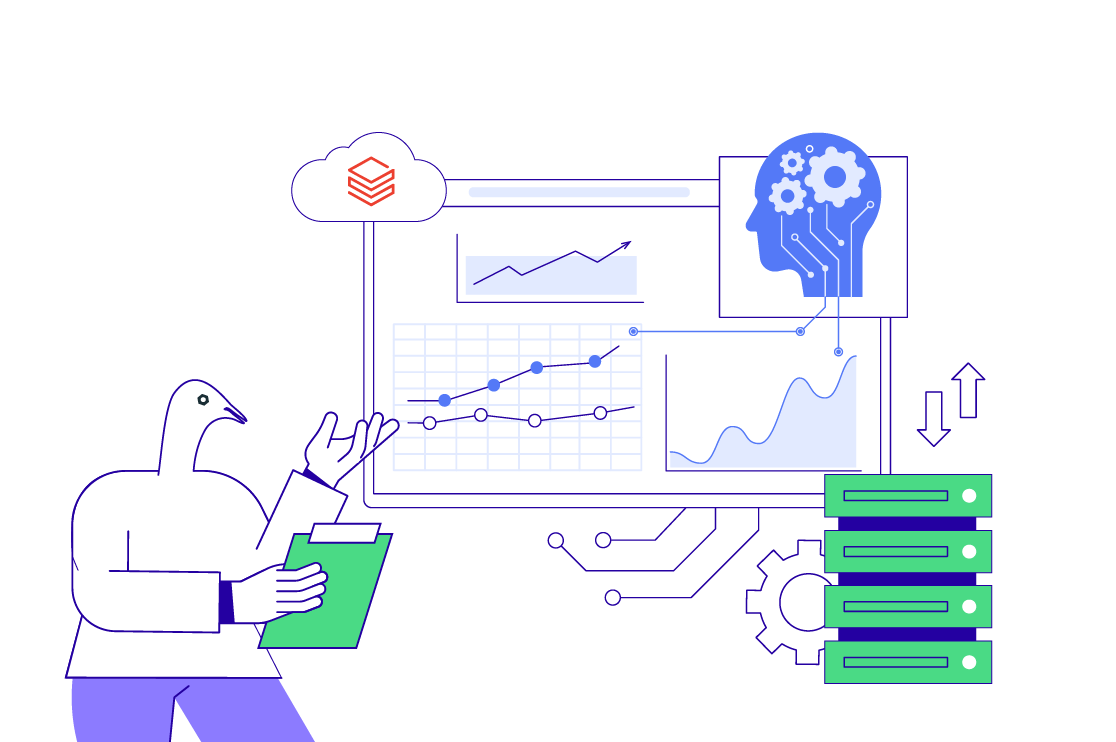 Scaling AI & Analytics on Databricks: CXO Use Cases that Deliver
Scaling AI & Analytics on Databricks: CXO Use Cases that Deliver 
